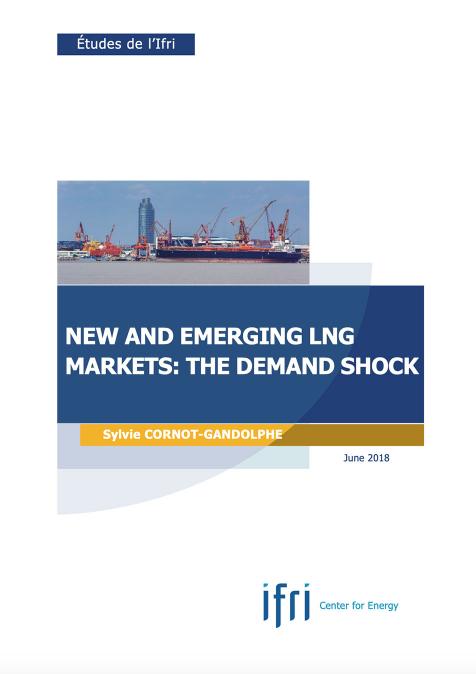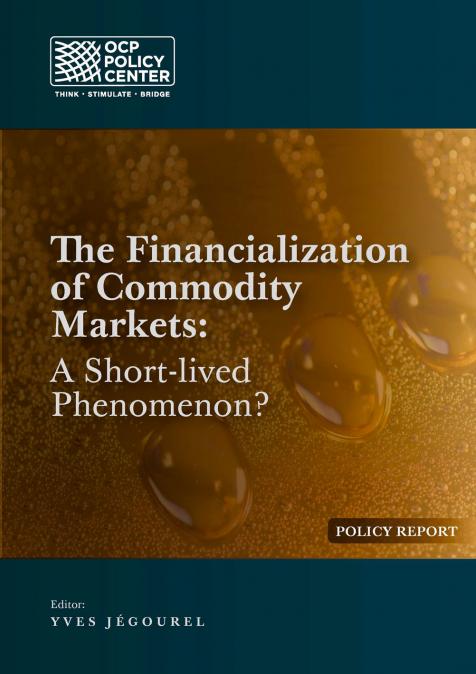Publications /
Policy Brief
La forte progression des cours des matières premières en 2021 ne peut occulter qu’elle s’est inscrite dans un contexte sanitaire, mais également économique et géopolitique, particulièrement instable. Si des évolutions structurelles fortes sont bien à l’œuvre – transition environnementale et numérique, essor démographique et mutation des habitudes alimentaires, mais aussi affirmation de la Chine sur les chaînes de valeur internationales, renforcement de la transformation locale dans les pays émergents, de la responsabilité sociétale... – elles se combinent avec des chocs, endogènes ou exogènes, qui tantôt les freinent, tantôt les accélèrent. La pandémie de la COVID-19 compte bien évidemment parmi ceux-ci, mais elle n’est pas la seule. Une inflation persistante, la fragilité de l’immobilier chinois, la crise énergétique mondiale ou la persistance des tensions géopolitiques doivent également être prises en compte. Autant d’éléments qui laissent à penser que l’année 2022 sera, elle aussi, placée sous le signe d’une forte instabilité.










